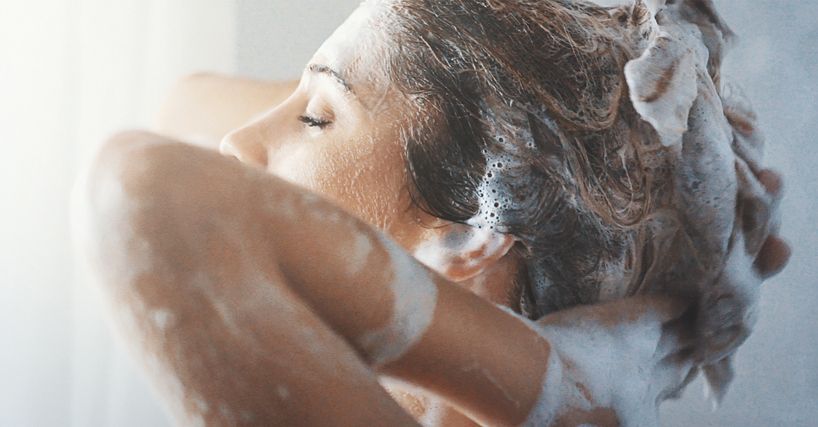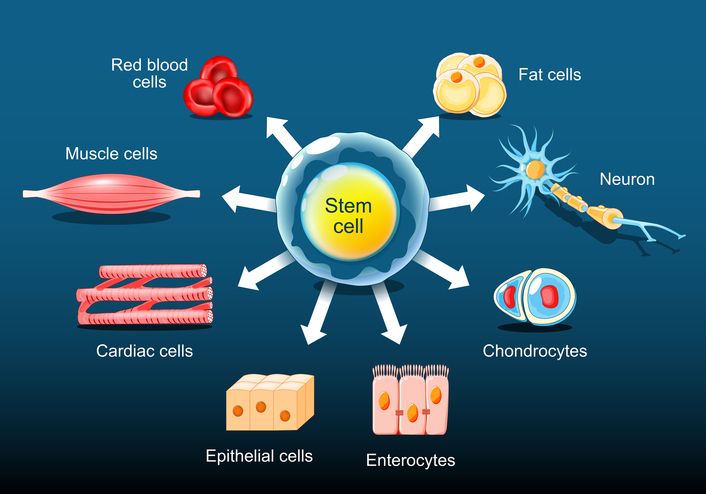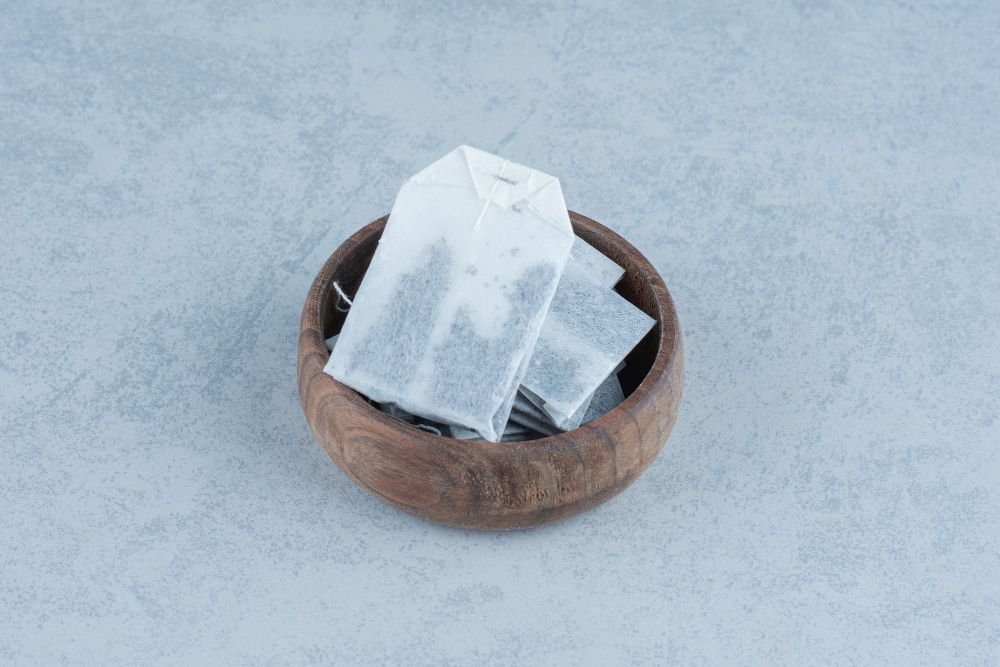
Book Now to Experience
Acne Treatment
1 Minute Self-Registration
Date should not be before minimal date
Author: Leila Tan|Updated: 23 July 2024
Tired of seeing pimples popping on the face? Acne gel is a topical medicine that can be applied directly to the skin. Active chemicals like benzoyl peroxide, salicylic acid, or retinoids are commonly found in these products and work to reduce inflammation and destroy bacteria that contribute to acne. But before you start to fight acne effectively, read on to see how you can utilise acne treatment gel to improve your skin conditions.
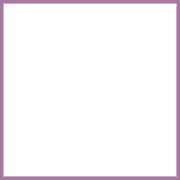
1
Why Gel Among The Rest of Products That Can Fight Acne?
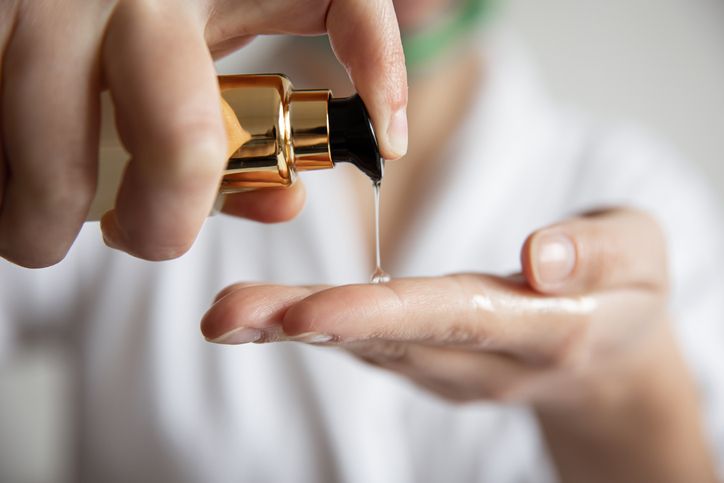
Although gels, creams, lotions, and pads are all possible formulations for acne treatment gel, but gels are the most popular acne treatment since they are typically fast-acting and have fewer adverse effects than other acne treatments. Gels typically contain anti-inflammatory and antibacterial agents, such as benzoyl peroxide or salicylic acid, that help reduce acne inflammation and germs. Creams are often thicker than gels and contain moisturising ingredients to minimise skin dryness or irritation caused by acne treatments. Creams tend to be heavier than lotions, while lotions may contain humectants that pull moisture to the skin. Acne treatment pads can be simply applied to acne lesions without leaving residue behind.
Thus, for optimal results, many acne treatments mix numerous gels, creams, lotions, or pads. But, if you are a person who doesn't like heavy or greasy feelings on skin, acne treatment gel will be the best product for clearing acne.

2
Active Ingredients You Can Find in Acne Treatment Gel

Benzoyl peroxide
Benzoyl peroxide is a good treatment for acne because it helps reduce inflammation and kills bacteria that can cause breakouts. It works by removing dead skin cells from the skin, which helps to open up pores and stop oil, bacteria, and dead skin cells from building up. Also, benzoyl peroxide speeds up the rate at which cells die and grow back, which helps stop new pimples from forming. For the best results, you should always use benzoyl peroxide as your doctor or chemist tells you to.
Glycolic acid
Glycolic acid is an alpha hydroxy acid (AHA), which has been used to treat acne for a long time. Glycolic acid gets rid of dead skin cells, oil, and bacteria that can cause breakouts by exfoliating the skin. Glycolic acid also helps to boost collagen production and make the skin look healthier. Glycolic acid is often used with other topical treatments like benzoyl peroxide or retinoids to help reduce inflammation, unclog pores, and keep bacteria at bay. Glycolic acid is a common ingredient in both over-the-counter and prescription acne treatments. When you use glycolic acid, it's important to wear sunscreen because it can make your skin more sensitive to the sun.
Salicylic acid
Salicylic acid is a type of beta-hydroxy acid (BHA) that is often used in gels to treat acne. Salicylic acid works by sloughing off dead skin cells from the skin, which helps open up clogged pores and get rid of oil, bacteria, and dead skin cells that have built up. Salicylic acid also reduces swelling and stops new pimples from appearing. Salicylic acid is in both over-the-counter (OTC) and prescription treatments for acne, like Retin-A and Differin. Salicylic acid is a good way to treat blackheads, whiteheads, and mild to moderate acne. But if it's used too often or in too high of a concentration, it can sometimes make the skin red or dry out.
Sodium hydroxide
Lye, or sodium hydroxide, is an alkaline chemical frequently used in acne treatments. Sodium hydroxide's anti-inflammatory and antibacterial properties make it an effective acne treatment. It also helps kill the germs that contribute to outbreaks, clears up pores, and minimises oil and dead skin buildup. For blackheads, whiteheads, and light to moderate acne, this remedy works wonders. Also, because sodium hydroxide accelerates cell turnover, it can reduce the likelihood of acne breakouts. However, you should use sodium hydroxide as prescribed by your doctor or pharmacist for the best effects, as prolonged or excessive exposure to sodium hydroxide might result in peeling skin or create discomfort.
Alpha hydroxy acids
Alpha-hydroxy acids like lactic acid, mandelic acid, and glycolic acid are commonly found in acne treatments. These items dry out whiteheads, blackheads, and pimples, causing the top layer of skin to peel off, which then removes the blemish. Most skin care products containing AHAs are safe to use, however some people experience tingling or a very mild reddening of the skin as a side effect. If your skin becomes irritated or dry after using them, reduce your usage. The use of AHAs also increases photosensitivity, or the skin's sensitivity to UV light. Keep your skin protected from the sun and other sources of UV rays.

3
Side effects of Acne Treatment Gel
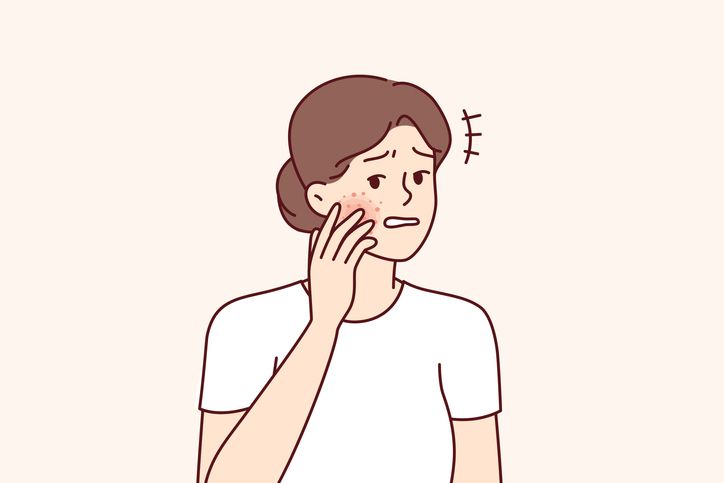
Acne treatment gel can cause irritation and dryness of the skin, redness, burning or stinging feelings, flaking or peeling of the skin, and contact dermatitis, among other side effects. These side effects may happen more often to people with sensitive skin. Gels for treating acne can also sometimes cause an allergic reaction. If any of these things happen when you use an acne treatment gel, stop using it right away and talk to your doctor.
It's important to remember that everyone's skin reacts differently to the active ingredients in acne treatment gels. Before starting an acne treatment plan, it's best to talk to a doctor because they can help figure out which active ingredients are best for each person's needs. Also, it's important to follow all of your doctor's or pharmacist's instructions when using an acne treatment gel to get the best results with the fewest side effects.

4
How To Use Acne Treatment Gel at Home?

Depending on the severity of the acne, using acne treatment gel at home can be an effective treatment method. Over-the-counter acne treatment gels may be sufficient to offer comfort and minimise acne irritation for mild acne. These over-the-counter gels for acne contain active chemicals such as benzoyl peroxide, salicylic acid, or retinoids, which reduce acne inflammation and kill acne-causing bacteria. To notice results, it is essential to properly follow the directions and apply the gel consistently. In addition to an acne treatment gel, a dermatologist may prescribe an acne medication for more severe cases of acne. Consistent usage of an acne treatment gel can still be useful for treating acne-prone skin and minimising outbreaks, even in the presence of prescription drugs.
Steps:
1.Before you put on the gel, you should wash your face well with a mild cleanser. 2.After you wash your skin, pat it dry with a clean towel and spread a thin layer of the gel over the area. 3.Leave the gel on for as long as the instructions say to, and then wash it off with warm water.
When using active ingredients like benzoyl peroxide or retinoids, it's also important to use sunscreen, since these active ingredients can make you more sensitive to the sun and increase your risk of sun damage and burns. If an active ingredient in your acne treatment gel makes your skin burn, itch, or hurt in other ways, stop using it right away and talk to your dermatologist or chemist about other treatments.

Book Now to Experience
Acne Treatment
1 Minute Self-Registration
Date should not be before minimal date

5
Acne Treatment Gel VS Acne Treatment Cream

When applied topically, acne treatment gel and cream reduce inflammation and kill the germs that lead to acne. The primary distinction between these two therapies lies in their respective active components. Benzoyl peroxide, salicylic acid, and retinoids are common active components in acne therapy gels. Nevertheless, azelaic acid, hyaluronic acid, or niacinamide can be found in the majority of acne treatment creams. Gels for treating acne can be purchased without a doctor's prescription or with it, depending on the severity of the condition.
On the other hand, over-the-counter (OTC) acne creams are the norm rather than the exception. Without a doctor's prescription, you may have to wait longer for the milder, less effective gels used to treat acne. Yet, acne creams are typically safer than antibiotics since they employ gentler chemicals. To get the most out of your acne medication, it's crucial that you use it consistently and according to the instructions provided by your dermatologist or chemist. It's also worthwhile remembering that, for many people, a combination of treatments is the most effective strategy to treat stubborn acne.

6
A Few Tips to Improve the Efficiency of Your Spot Treatment!
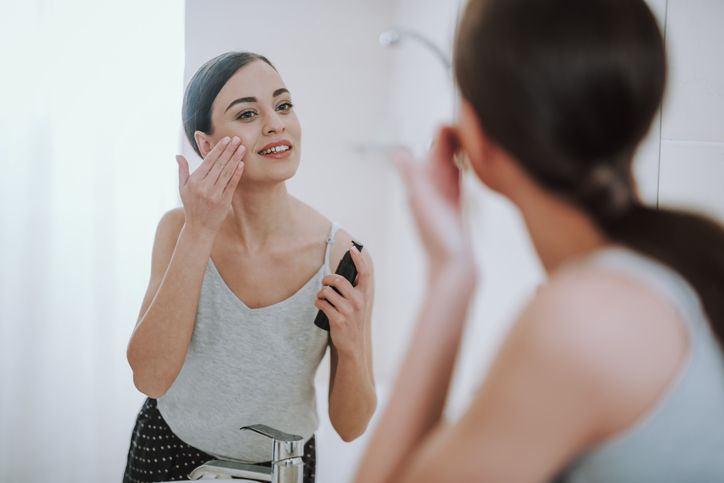
Most acne treatment gel should be put on the skin about 15 minutes after washing it with soap and water and patting it dry gently with a towel. At first, you might want to wash off the mixture after a few hours, but try to increase the amount of time you leave it on your skin over time. Here are some things you can do to make your gel work better:
Be sure to wash your face and refrain from picking at your skin.
Use lukewarm water and a mild cleaner twice daily. Harsh cleansers can strip the skin of its natural oils, so it's best to avoid using them. Picking at skin, despite how tempting it may seem, can spread bacteria and lead to additional breakouts. Instead, treat existing breakouts with a soothing spot treatment or a cool compress to reduce redness and irritation.
Frequent moisturising is essential.
In order to prevent acne treatments like benzoyl peroxide or salicylic acid from drying the skin, it's vital to keep the skin wet. Choose a moisturiser that won't cause your pores to become clogged and doesn't include any harsh chemicals like artificial perfumes or colours.
Protect your skin from the harsh sunlight.
Sunscreen should be worn at all times when going outdoors because exposure to UV light can aggravate acne. To protect your skin from harmful UV rays, use a broad-spectrum sunscreen with an SPF of 30 or higher.
Following these steps will help you maximise the effectiveness of your acne gel and speed up the healing process for your skin. Yet, if your acne persists despite your efforts, a visit to a dermatologist is in order.
Read More

7
Or... You Can Combine Acne Treatment Gel as Part of Your Acne Treatment.
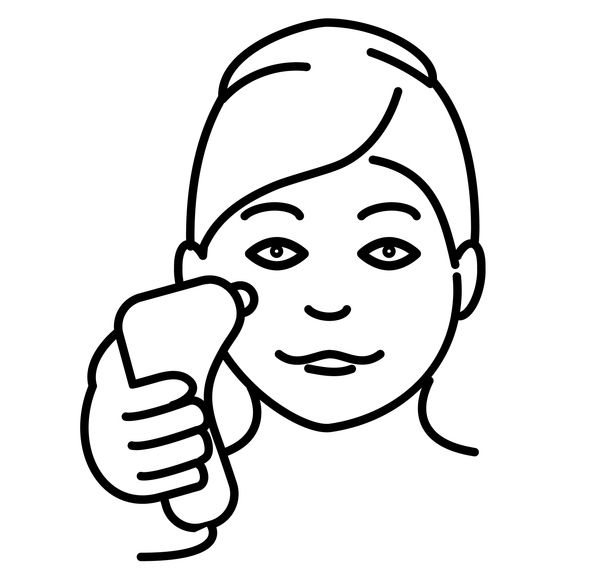
Common acne treatment plans include laser therapy, chemical peels, and microdermabrasion are all common ways to treat acne. These treatments can help lighten dark spots on the skin, fade the look of scars, and exfoliate the skin to get rid of dead skin cells and make it easier for your acne treatment gel to get into the skin.
For example, laser therapy can help lighten dark spots on the skin, and chemical peels can get rid of dead skin cells and make it easier for acne treatment gel to get into the skin. Microdermabrasion is also a great way to get rid of pimples because it uses a tool that isn't too rough to gently sand your skin and get rid of the thicker, uneven top layer. It also has a lot of other good points. This type of skin rejuvenation is used to treat light scars, discoloration, and sun damage. Thus many people that experience disappointment with acne products would choose to go for microdermabrasion, and here's good news to those who wish to get rid of acne blemishes faster aside from using acne treatment gel.
New Beauty's Acne Treatment is designed to improve oily, acne-prone skin. Problems with your skin such as pimples, blackheads, whiteheads, enlarged pores, dry skin, acne scars, and a lacklustre appearance. It removes oil and dead skin with the help of a twin spiral suction and drainage system. This prevents further clogging of the pores. Acne-prone skin is soothed by the inclusion of a medical-grade moisturising serum that penetrates deeply into the skin to provide adequate hydration and nourishment. The inflammation is reduced and the overactive oil-producing sebaceous glands are calmed.
This treatment is preferable because it does not necessitate any invasive procedures like surgery, incisions, injections, antibiotic creams applied topically, or oral antibiotics. Pimples, scars, and other manifestations of acne all improve over time in the face of treatment. Ultimately, you'll be able to reduce the appearance of blemishes and enjoy skin that's healthy, radiant, plump, and less oily. But, be careful not to overdo it, as overworking your skin might have the opposite effect, causing the thin layer of skin to have rashes or peeling.

8
The Last Few Words

Acne gel may be used alongside conventional treatment, but only as directed. It's important to take care of our skin because it's a delicate barrier that may easily be compromised without the right care. Make sure to drink enough water, wear sunscreen, and clean your face on a regular basis for the greatest results, and these preventative measures will have you sporting flawless skin in no time!
FAQ
Why would my acne not go away?
If you have stubborn acne, you might want to examine your skin more closely. There is a chance that you do not have acne. Some skin problems may resemble acne. Persistent acne may also be a sign of something more serious going on inside your body, such as rosacea, which causes redness in the centre of the face and acne-like breakouts, or Polycystic ovary syndrome, which typically has other signs of a hormone problem, such as hair loss on the head, hair growth on the face, or an area of skin that begins to darken and sometimes thicken.
How benzoyl peroxide works with your skin?
People with acne can use benzoyl peroxide to treat it. As an antiseptic, it eliminates any microorganisms that may have made it to your skin's surface. Acne improvement typically occurs after 4 weeks, although the full effects of the medicine may take between 2 and 3 months. Understand that your acne will worsen for a while before it begins to improve.
What kills the bacteria that cause acne?
Antibiotics are a good way to treat bacterial acne because they go after the bacteria that causes pimples. Antibiotics taken by mouth have been used to treat acne for decades. They work by going after and killing the bacteria that cause acne.
Who can be treated for acne?
The Acne Treatment is good for most people with moderate to severe acne problems like whiteheads, blackheads, acne scars, acne vulgaris, boxcar acne scars, depressed scars, deeper scars, and other types of acne scars and acne problems because it does not irritate the skin.
Does the Acne Treatment get rid of acne for good?
To get the best results, you should finish the entire Acne Treatment plan. This will help the breakout calm down and stop from happening again. Even after the treatment is over, the treatment stops sebum from being made and keeps collagen from breaking down. Please clean and care for your skin properly so that the effects of the treatment last as long as possible.

Book Now to Experience
Acne Treatment
1 Minute Self-Registration
Date should not be before minimal date
Recommended Articles
COPYRIGHT© NEW BEAUTY MANAGEMENT LIMITED 2025. ALL RIGHT RESERVED.

